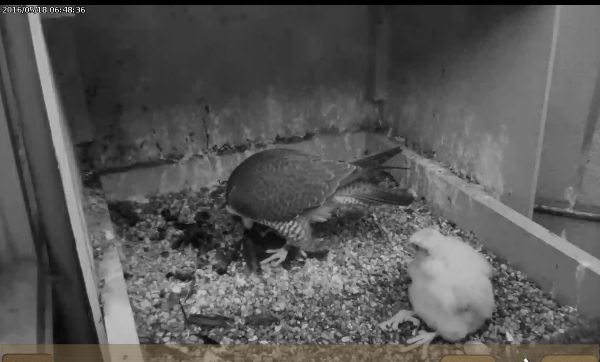
Yesterday morning, twelve of us braved the foggy chill to look for birds near the Westinghouse Fountain at Schenley Park.
My original plan was to walk on the Steve Falloon Trail but it was a sea of mud after so much rain. Instead we walked along the Serpentine Road with a good view of the treetops.
The birds weren’t particularly active so we were happy to see these Best Birds: blackpoll warblers, chestnut-sided warblers, an eastern wood-pewee, scarlet tanagers and Baltimore orioles. We also saw a half-completed Baltimore oriole nest hanging from a branch high above the road.
At the end of the walk we stopped near the Schenley Park Visitors Center and on Flagstaff Hill to see two peregrine falcons (flying and perched at the Cathedral of Learning), a red-tailed hawk, and a Coopers hawk.
Thanks, everyone, for coming out on a gray day.
(photo by Kate St.John)














